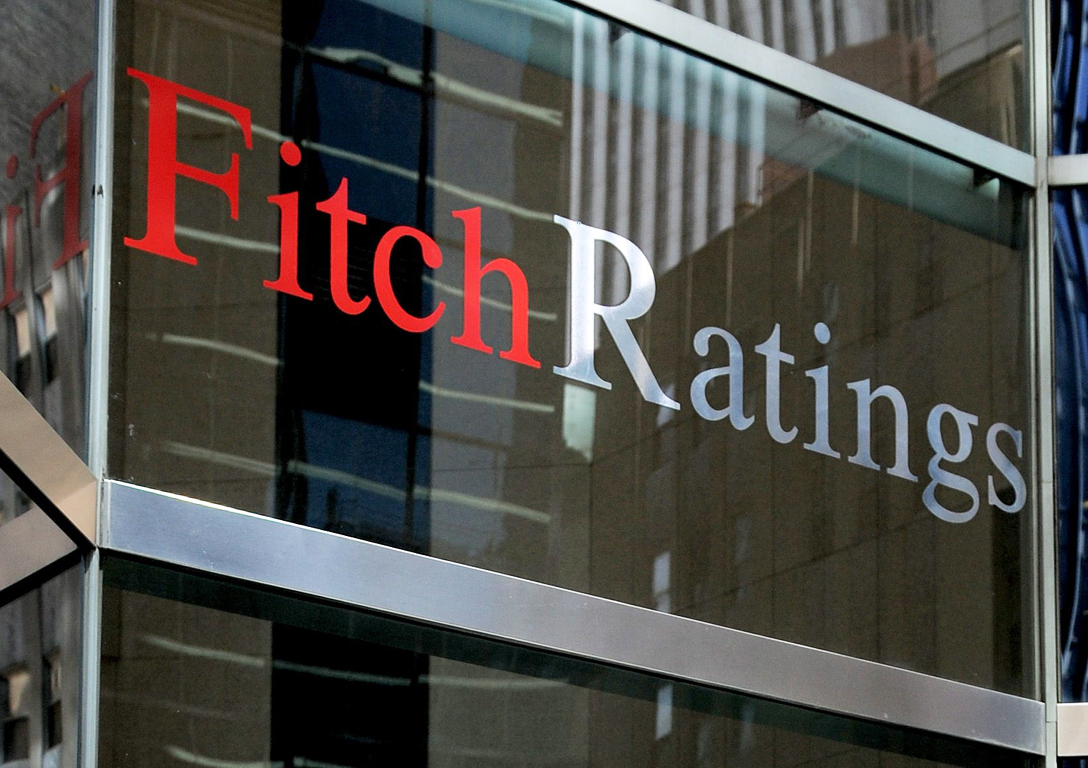The global rating agency, Fitch Ratings said that it expects the balance sheets of Sri Lanka’s listed hospitals to improve in the medium term but the increased taxes and price controls may limit the profitability.
“We expect the balance sheets of Sri Lanka’s listed hospitals to improve in the medium term as their capex moderates and operating performances improve,” the rating agency said in a report.
Fitch believes the increasing demand for private healthcare is driven by Sri Lanka’s aging population and rising incidence of non-communicable diseases (NCDs), which state hospitals are not well-equipped to handle. Geriatric care tends to be long-term, while treatment of NCDs requires long hospital stays, long-term medication and, in some cases, palliative care.
According to the rating agency, demand for private healthcare in Sri Lanka is likely to improve in the medium to long term with wider acceptance of medical insurance, helped by government-led insurance schemes and increasing personal income.
Fitch also expects further expansion of private hospitals to be hobbled by the shortage in qualified physicians and nursing staff and does not think the shortage will be resolved in the medium term.
It said most private operators expanded capacity in the last few years to meet growing demand. As a result, the combined net debt-to-EBITDA of the four largest listed hospitals rose to 2.6 fold at end-December 2017 from 1.7 fold at end-March 2013.
“However, we believe most hospitals will now focus on stabilizing operations and strengthening balance sheets before funding further expansion,” Fitch said.
Fitch expects the EBITDA margin of the listed hospitals to improve modestly in the medium term as patient volume increases. Higher occupancy at hospitals and larger revenue contributions from high-margin value-added businesses, such as diagnostics and laboratory services, should help to more than cover the high fixed costs of the sector and widen margins.
“We also believe hospitals should be able to pass on cost increases from staff-related costs or currency depreciation to end-customers amid strong demand for private healthcare,” Fitch ratings said.
However, regulatory pressure from increased taxes on healthcare and recently introduced price controls on certain procedures may limit sector profitability in the near term. The listed hospitals’ EBITDA margin averaged around 23% in the last five years.
Asiri Hospitals Holdings PLC, the largest listed operator in the country in terms of revenue and number of beds, was able to maintain better margins than peers due to its strong laboratory revenues.
“We do not expect the listed hospitals to face liquidity pressure in the medium term because they have more long-term debt in their capital structures, spread-out maturity profiles, and stable FCF generation as capex declines.”
Historically, it is only around 25% of the sector’s debt structure consisted of short-term debt, with half of it in revolving credit facilities used for working capital requirements.






